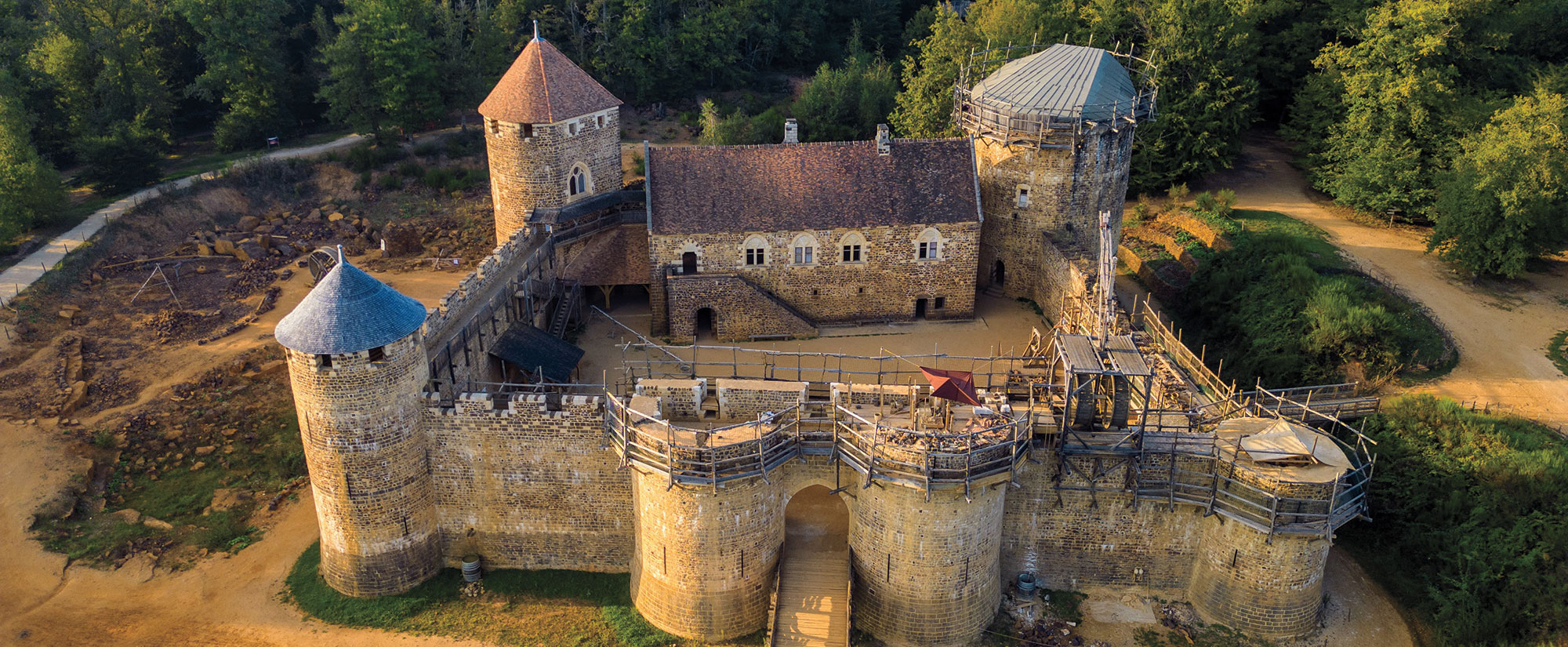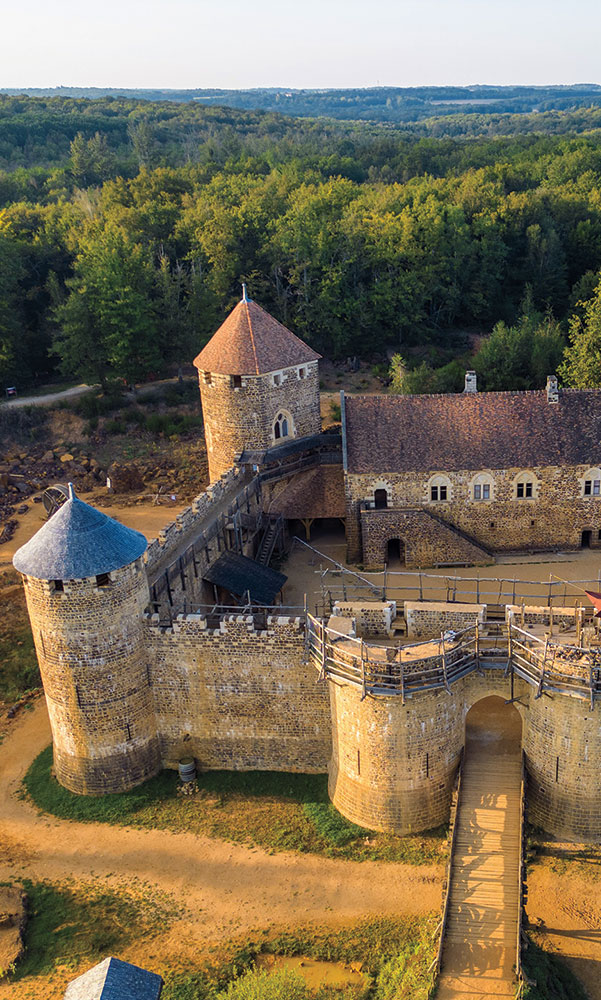GUILAN, IRAN—Phys.org reports that Mohammad Reza Eghdami of the University of Guilan and his colleagues examined the poorly preserved remains of a man unearthed in northwestern Iran at the Liyarsangbon Cemetery site. The 77 Parthian burials there have been dated to between 247 B.C. and A.D. 224. The Parthians were known by the Romans for their skills in mounted warfare, archery, and metalworking, including the manufacturing of high-quality weapons. This man had been buried on his left side with his legs bent. A poorly-made pot containing the remains of a bird and traces of smoke was also discovered in the grave. X-ray fluorescence, quantometer metal analysis, and CT scans of the man's bones revealed a metal object embedded in his right leg. Additional research identified the object as a Parthian-style three-bladed metal arrowhead measuring almost two inches long and about one-half inch wide. Analysis of the man’s tibia revealed some signs of wound healing, indicating that he had lived for a time after the impact. Yet no evidence for infection of the wound, nor for the formation of new bone, were evident, Eghdami said. Very few weapon-inflicted injuries have been identified among the human remains unearthed in the cemetery, although numerous weapons have been found, he concluded. To read about another site in the Parthian Empire, go to "Royal Mountain Fortress."
2,000-Year-Old Remains of Wounded Man Examined in Iran
News October 2, 2025
Recommended Articles
Digs & Discoveries November/December 2025
BYOB(oar)
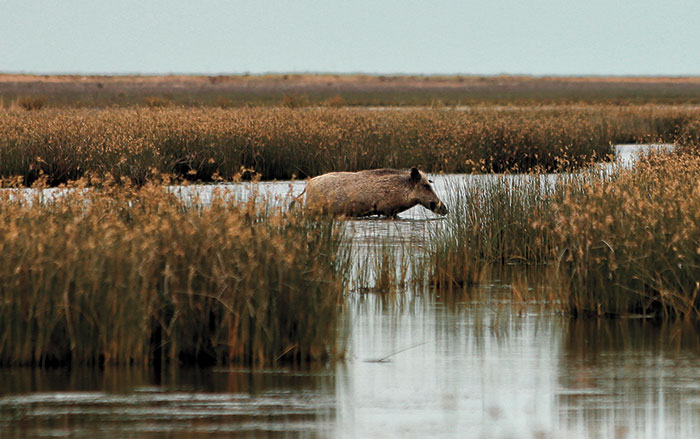
Features March/April 2025
Ahead of Their Time
Excavations reveal the surprising sophistication of Copper Age villagers in southwestern Iran 6,000 years ago
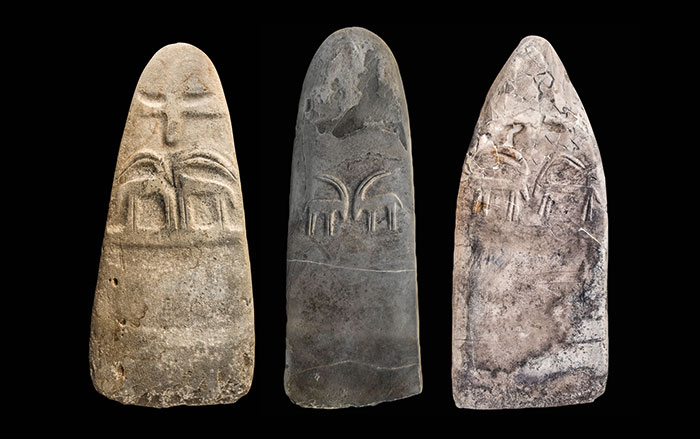
Features November/December 2024
Exploring Ancient Persia’s Royal Fire Temple
At a remote lake in the mountains of Iran, archaeologists have identified the most revered Zoroastrian sanctuary
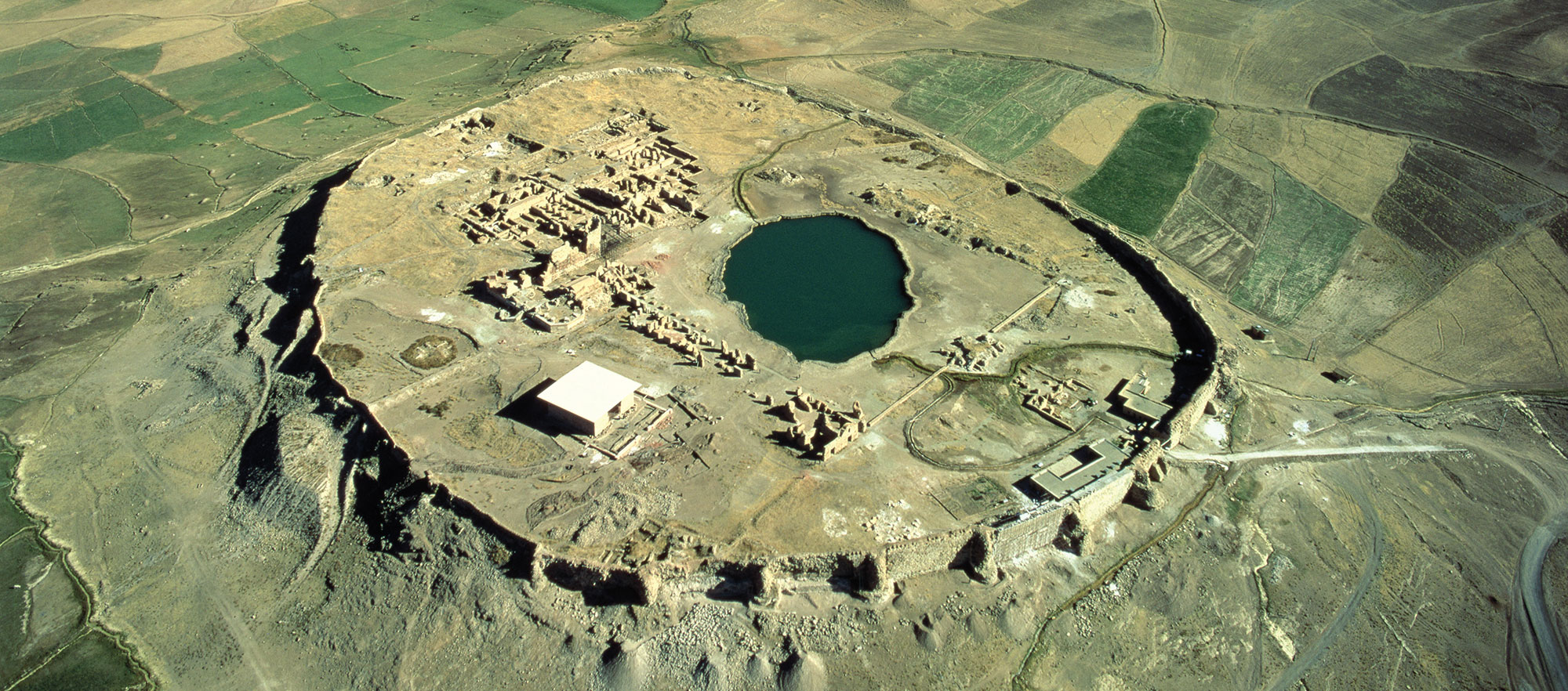
Digs & Discoveries May/June 2024
Near Eastern Lip Kit
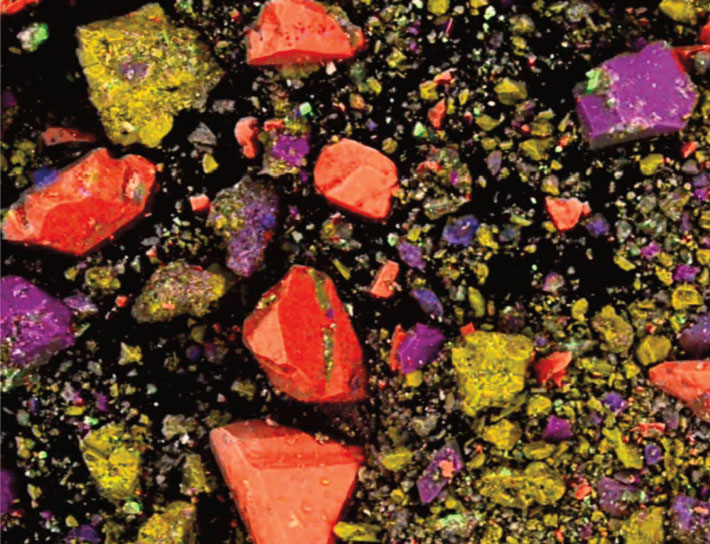
-
Features September/October 2025
Spirit Cave Connection
The world’s oldest mummified person is the ancestor of Nevada’s Northern Paiute people
 Howard Goldbaum/allaroundnevada.com
Howard Goldbaum/allaroundnevada.com -
Features September/October 2025
Here Comes the Sun
On a small Danish island 5,000 years ago, farmers crafted tokens to bring the sun out of the shadows
 Courtesy the National Museum of Denmark
Courtesy the National Museum of Denmark -
Features September/October 2025
Myth of the Golden Dragon
Eclectic artifacts from tombs in northeastern China tell the story of a little-known dynasty
 Photograph courtesy Liaoning Provincial Museum, Liaoning Provincial Institute of Cultural Relics and Archaeology, and Chaoyang County Museum
Photograph courtesy Liaoning Provincial Museum, Liaoning Provincial Institute of Cultural Relics and Archaeology, and Chaoyang County Museum -
Features September/October 2025
Remote Sanctuary at the Crossroads of Empire
Ancient Bactrians invented distinct ways to worship their gods 2,300 years ago in Tajikistan
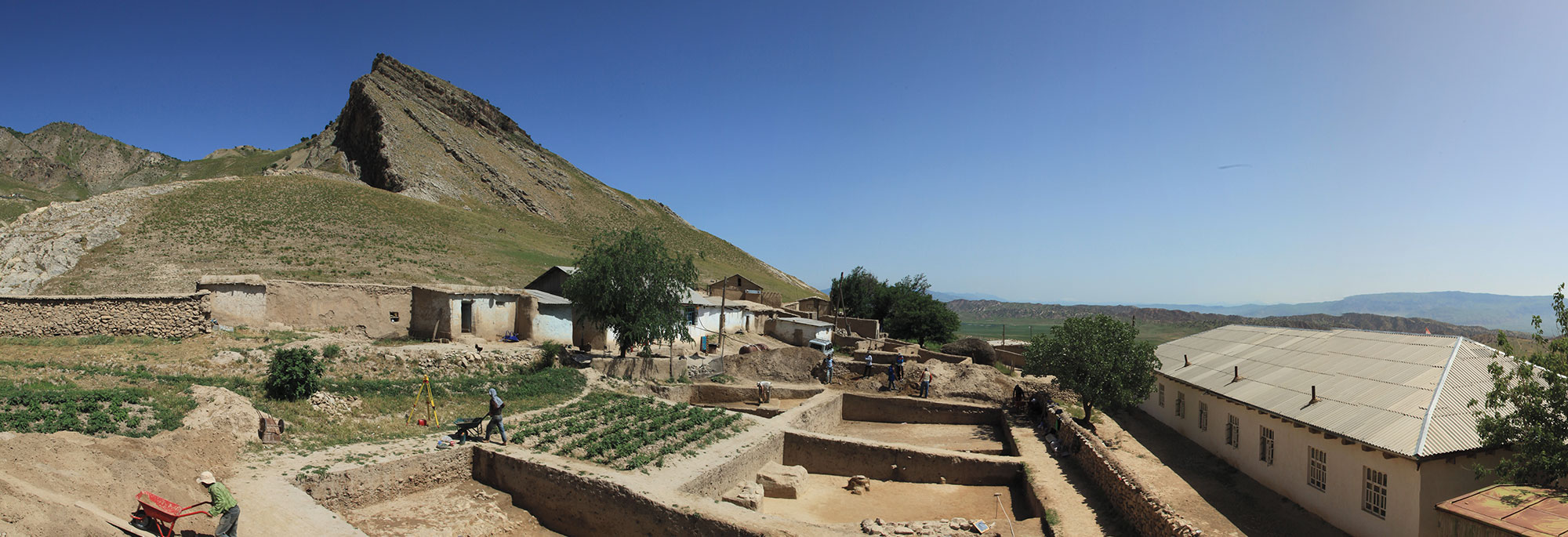 Gunvor Lindström/Excavations supported by the German Research Foundation
Gunvor Lindström/Excavations supported by the German Research Foundation


